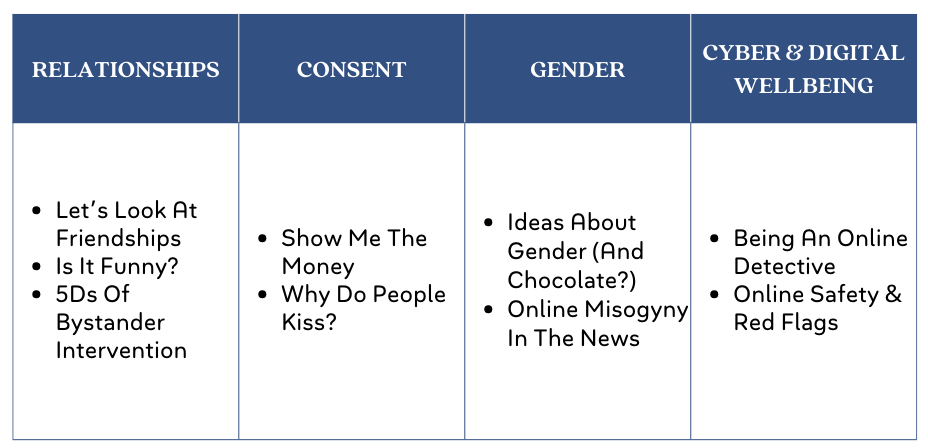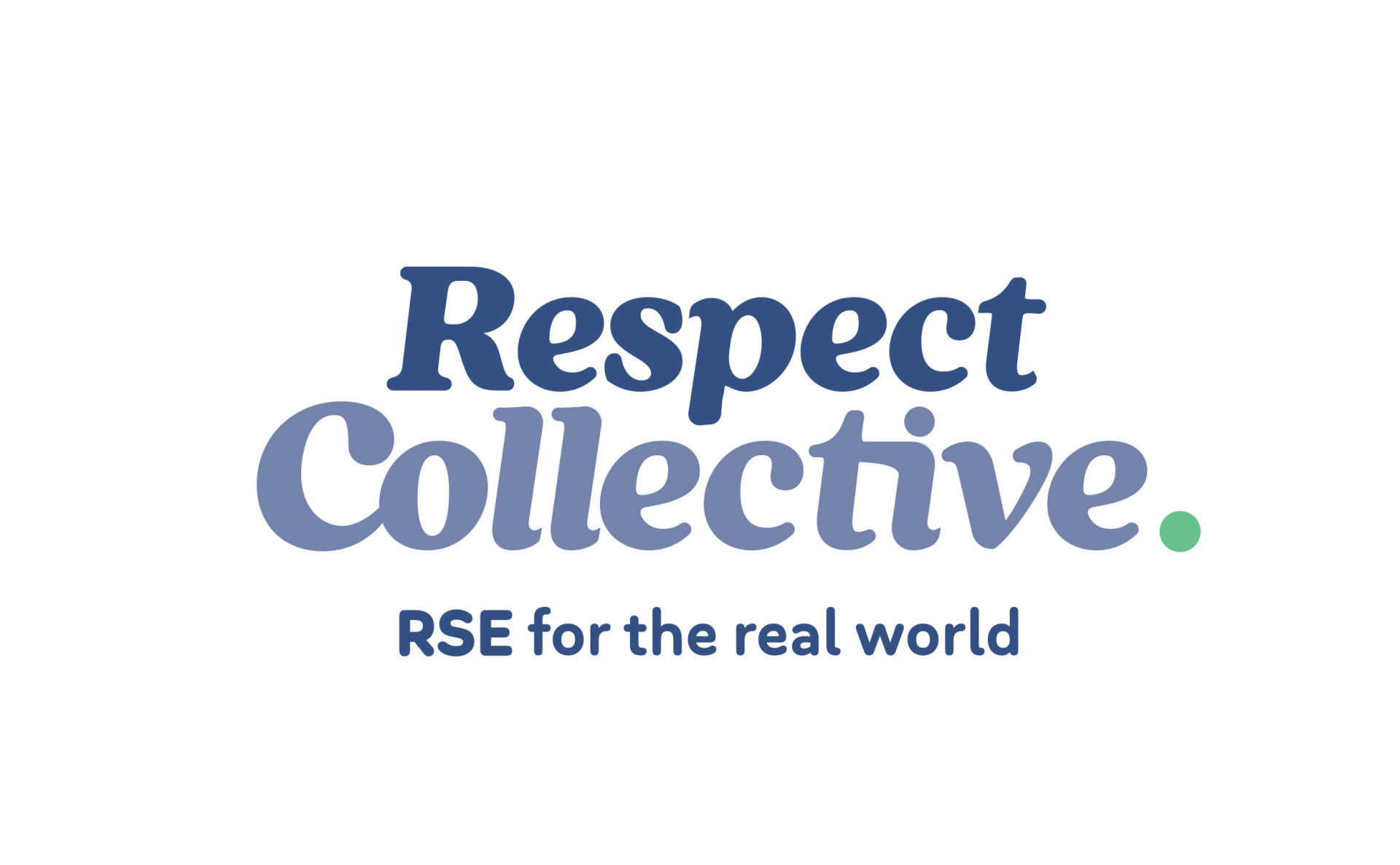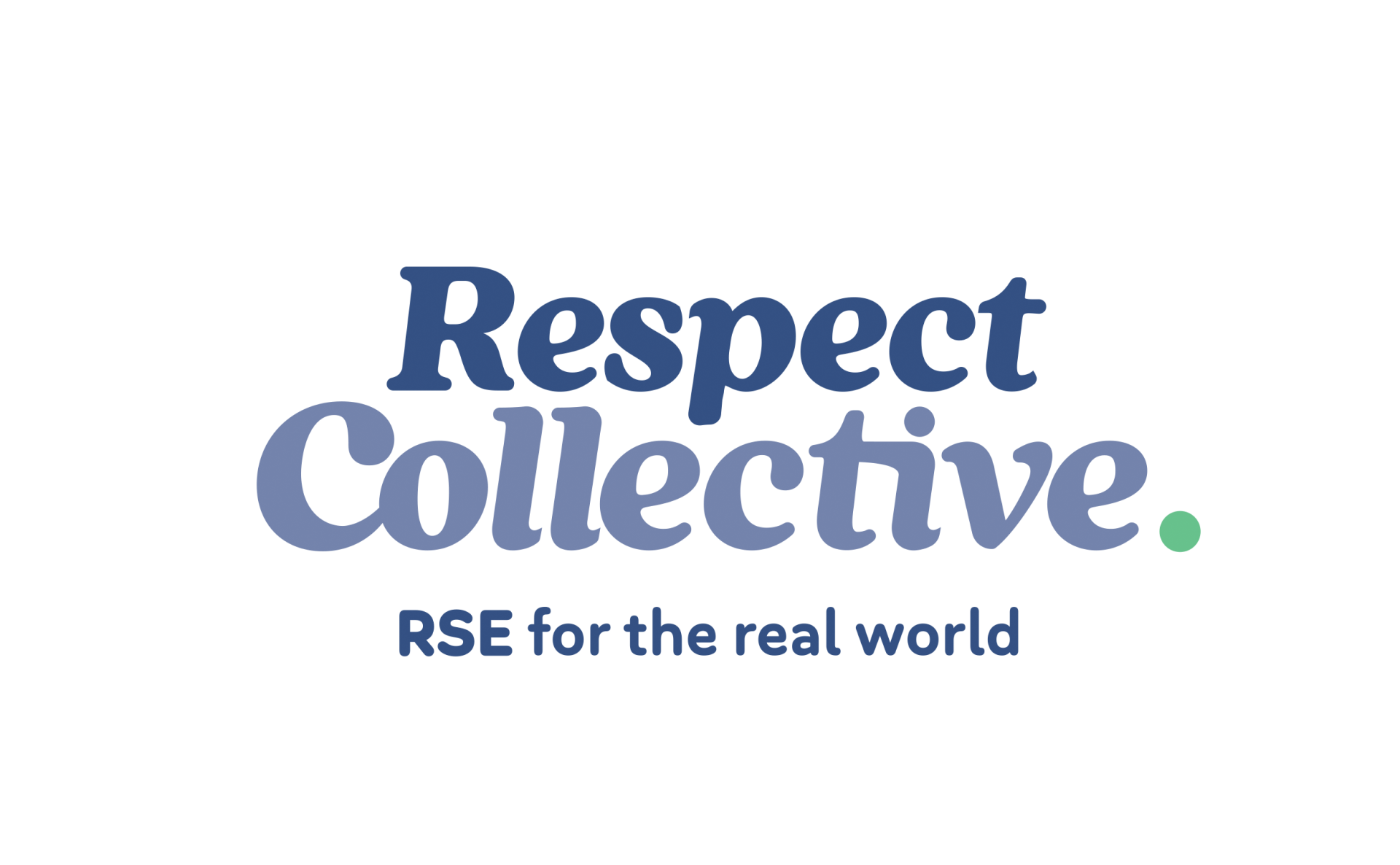In this Being An Online Detective lesson, students will be introduced
to the concepts of cyberbullying, image based abuse, and online hate.
They will
work in small groups to explore their prior knowledge of online safety strategies.
Students will be presented with a series of safety actions to think critically
about, identifying the reasoning behind each action. Students will then watch a
short video before going online to research a series of terms and help seeking
pathways.
The lesson finishes with a
quiz to consolidate what the students found when researching the eSafety
Commissioner. You will need to use your computer keyboard/mouse to select answers and
sort steps.
Each lesson ends with a consolidation activity, inviting students to list 1
thing they have learnt from the lesson, 1 thing they already knew, 1 piece of
advice they would share with a friend, and 1 adult or organisation that would
be helpful in relation to the lesson topic.


